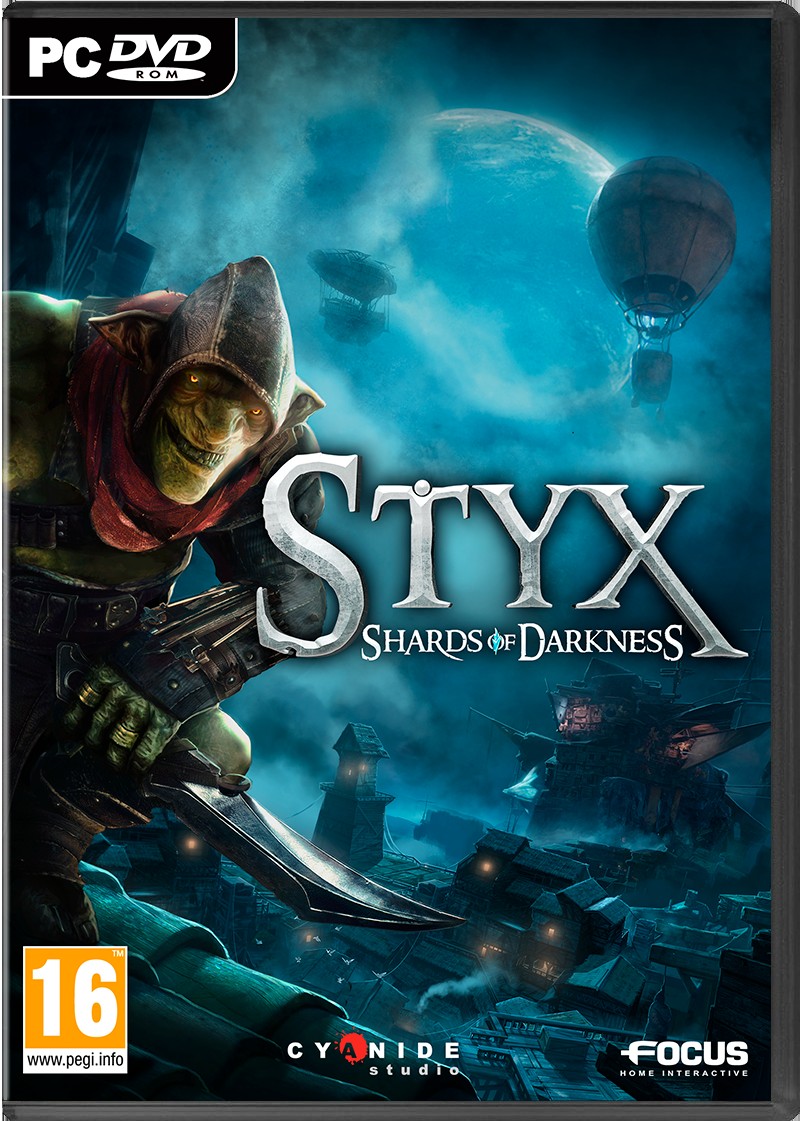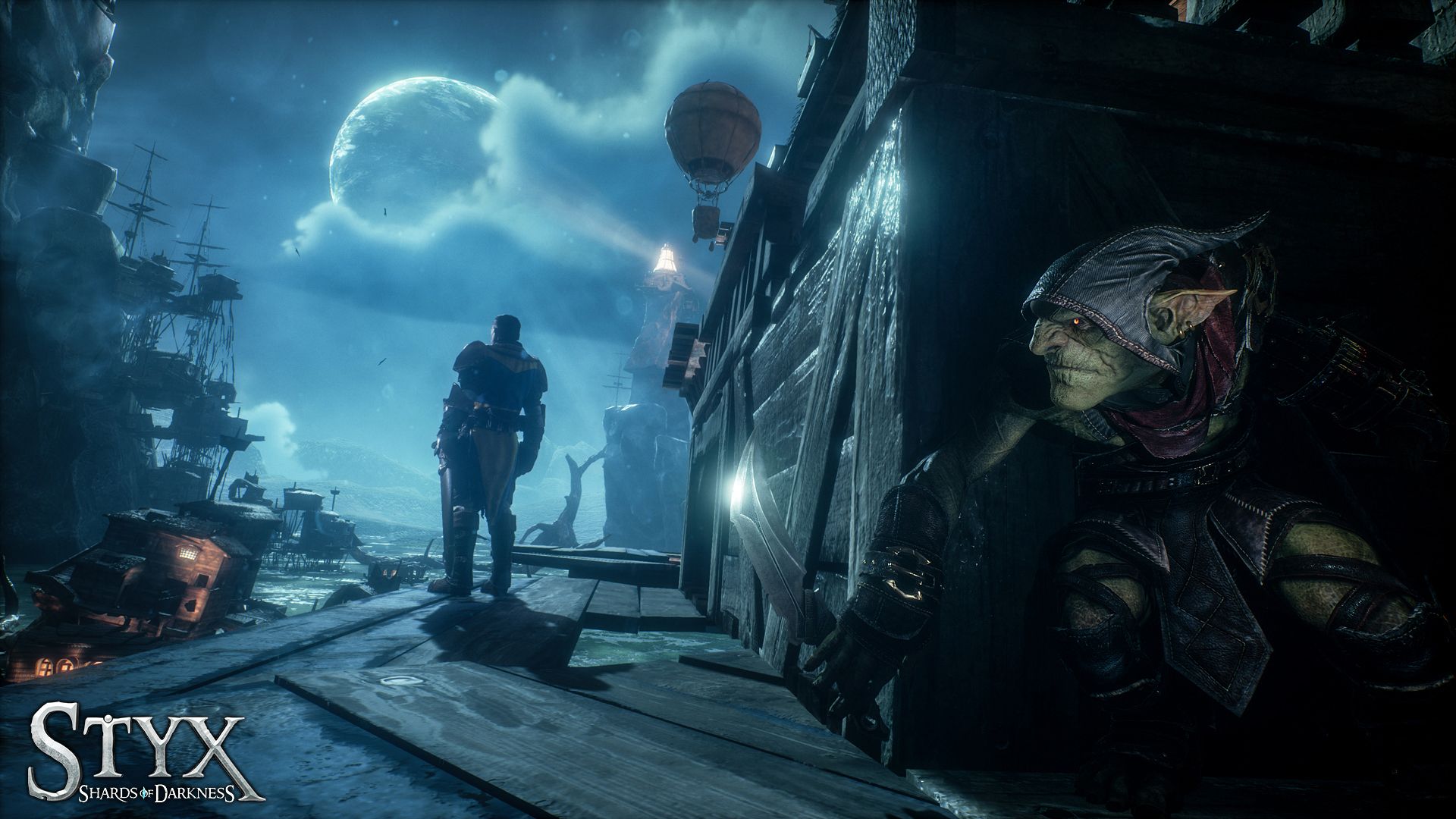Styx: Shards of Darkness
Developer: Cyanide Studio
Publisher: Focus Home Interactive
Platform: PlayStation 4, Xbox One, Windows (Reviewed)
Release Date: 14 March 2017
Price: $49.99 USD – Available Here / $79.95 AUD – Available Here
Video Review
Overview
Master assassin Styx is back on a brand-new adventure in Styx: Shards of Darkness. After the success of their old school stealth game Styx: Master of Shadows, Cyanide was able to expand the size and scope of their new game, including the introduction of co-op multiplayer. Styx is now packing brand new skills and equipment, opening up a wide array of new possibilities.
Story
Styx finds himself in a new adventure when he strikes a deal with an unlikely employer. The goblin extermination organization C.A.R.N.A.G.E. hires Styx to smuggle them into a diplomatic meeting in Korrangar. Business soon becomes personal as Styx becomes embroiled in a personal feud with the Dark Elf outcast Djarak.
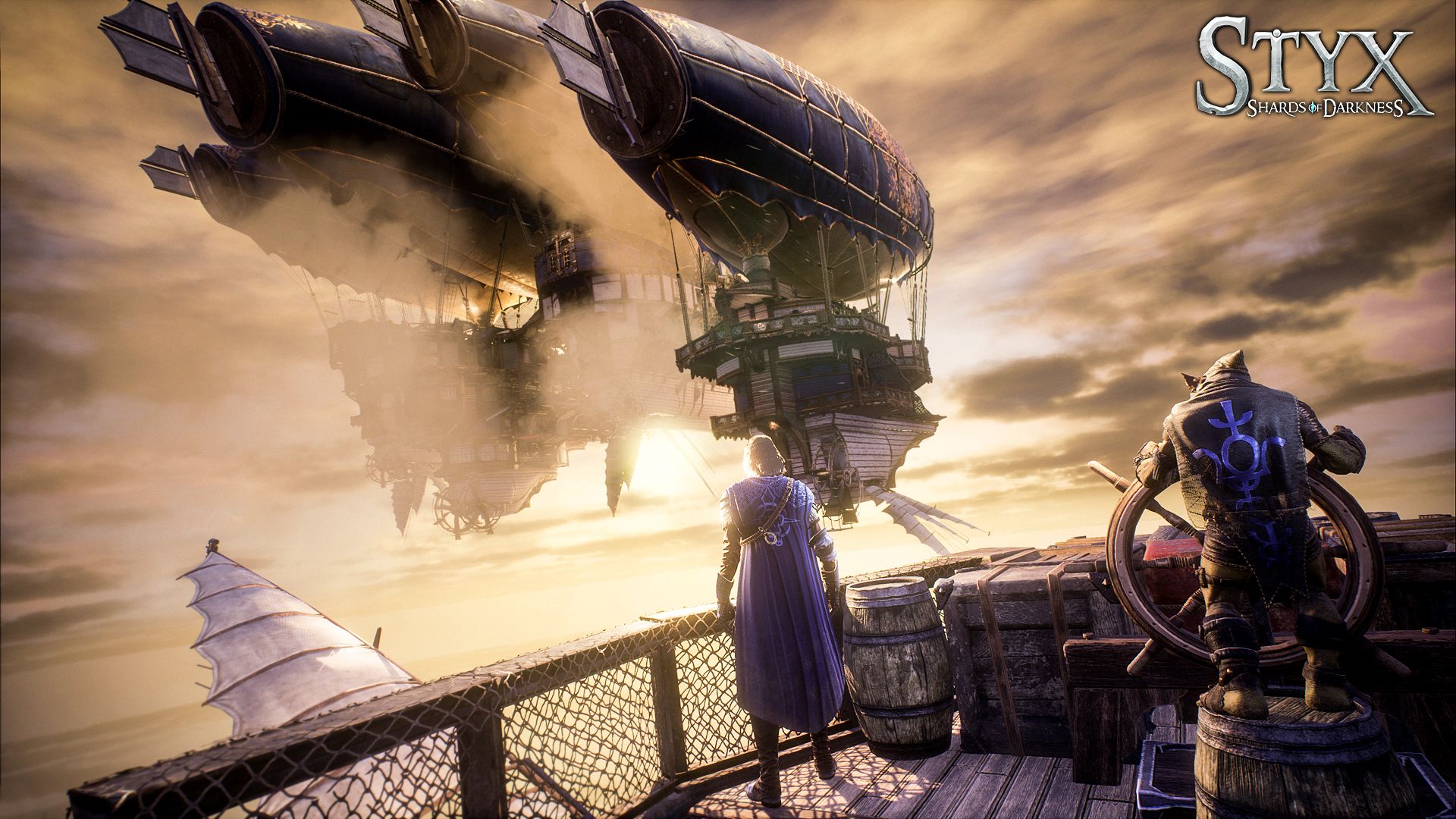
The game’s plot is entertaining, though it’s nothing that will keep players glued to the edge of their seat. As a character, Styx is hilarious in a Deadpool sort of way. He constantly breaks the fourth wall and has an endless supply of wisecracks that lightens the mood. The writers seem very aware that the game was designed to pay homage to early stealth games and make every opportunity to drop references to other stealth games like Thief and Assassin’s Creed.
Gameplay
Styx: Shards of Darkness continues the tradition of old school stealth gameplay. Modern stealth games have moved into the direction where the hero is a predator in the shadows just waiting to strike. Being a small goblin, Styx lurks in the shadow because it is the only way for him to survive. Styx can handle a short toe to toe encounter with a single enemy at lower difficulty levels, but fleeing the scene is often the only way to make it out alive. At the two highest difficulties, Styx cannot even parry enemy blows; he can only run away. Although Styx’s size puts him at a distinct disadvantage in combat, his small stature creates a wide variety of hiding spots and alternative paths. The traditional hiding spots of dark shadows, closets, and ledges are all available to Styx, but his size also means that open barrels, storage chests, and small crawlspaces are also in play.
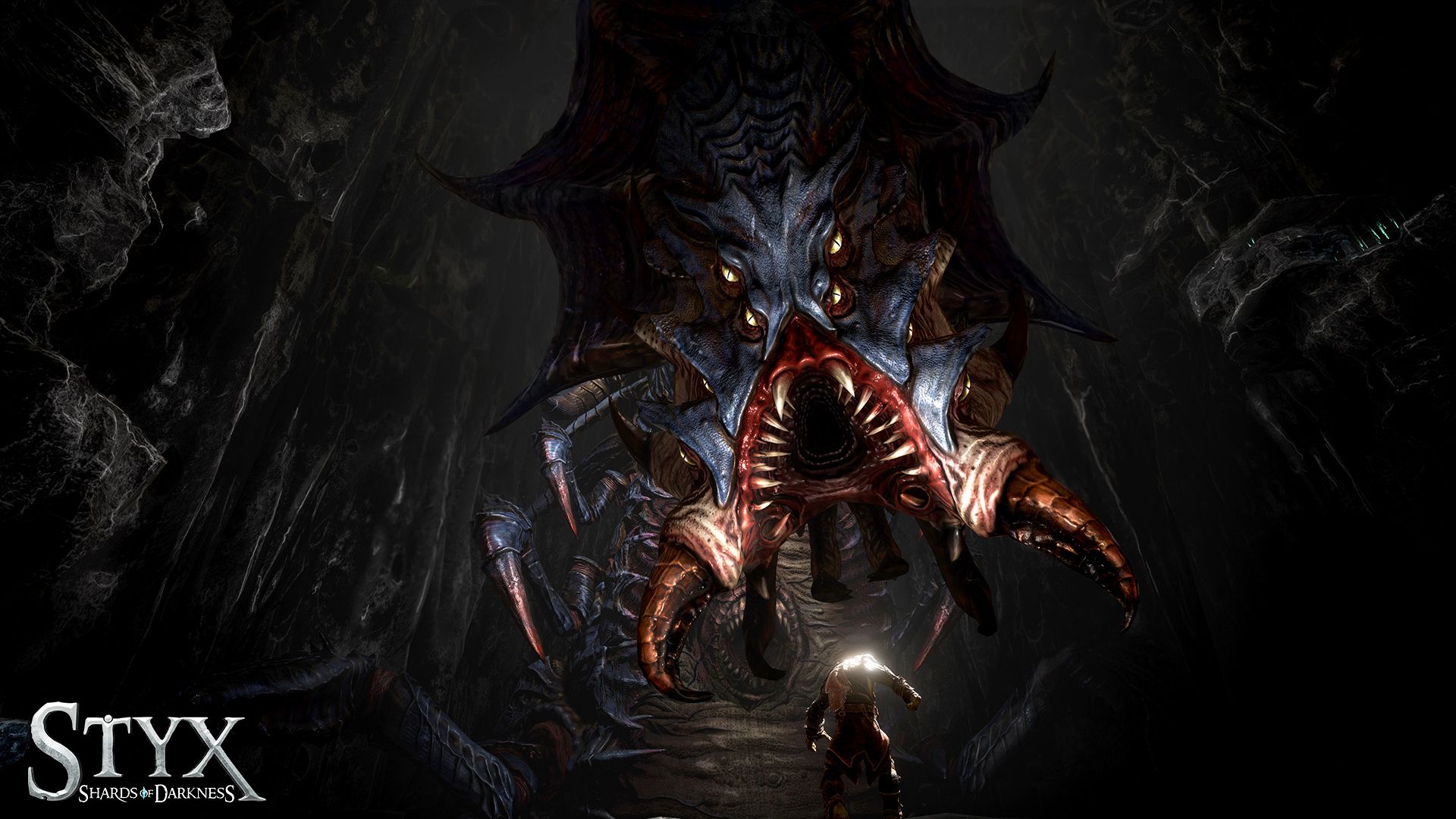
The game features a talent tree system to help Styx adapt to the player’s preferred playstyle. Completing mission objectives will reward players with a base number of points to spend on talents. Players are then judged on how long it took to complete a mission, the number of kills, the number of alerts, and the number of collected tokens at the end of each level. Higher ranks will award bonus points. The talent trees are well designed, with each tree having two paths that are capped off with an ultimate skill that needs a special item to unlock. Many talents are linked with another talent on the same tier, giving players more flexibility on only purchasing talents that will be helpful to their play style. Styx’s starting skill set is already quite broad, so many of the talents focus on giving players a few specialized tools or improving the quality of life.
Styx has an arsenal of equipment and spells to give him the edge on his enemy. His two simplest items are sand to extinguish open torches from a distance and a glass bottle to lure guards. With points into the crafting tree, Styx is able to craft both single use items like acid traps and new equipment for Styx to wear. The equipment is very well balanced, providing both a bonus and a penalty that is ideal for certain playstyles. Styx has handy spells that give him more supernatural abilities like a temporary cloak or conjuring clones to distract guards. All spells except Amber Vision will sap Styx’s Amber reserves, which must be replenished with potions that are either crafted or pickpocketed from guards. All in all, Cyanide provides players with an incredibly diverse move set that gives players plenty of options.
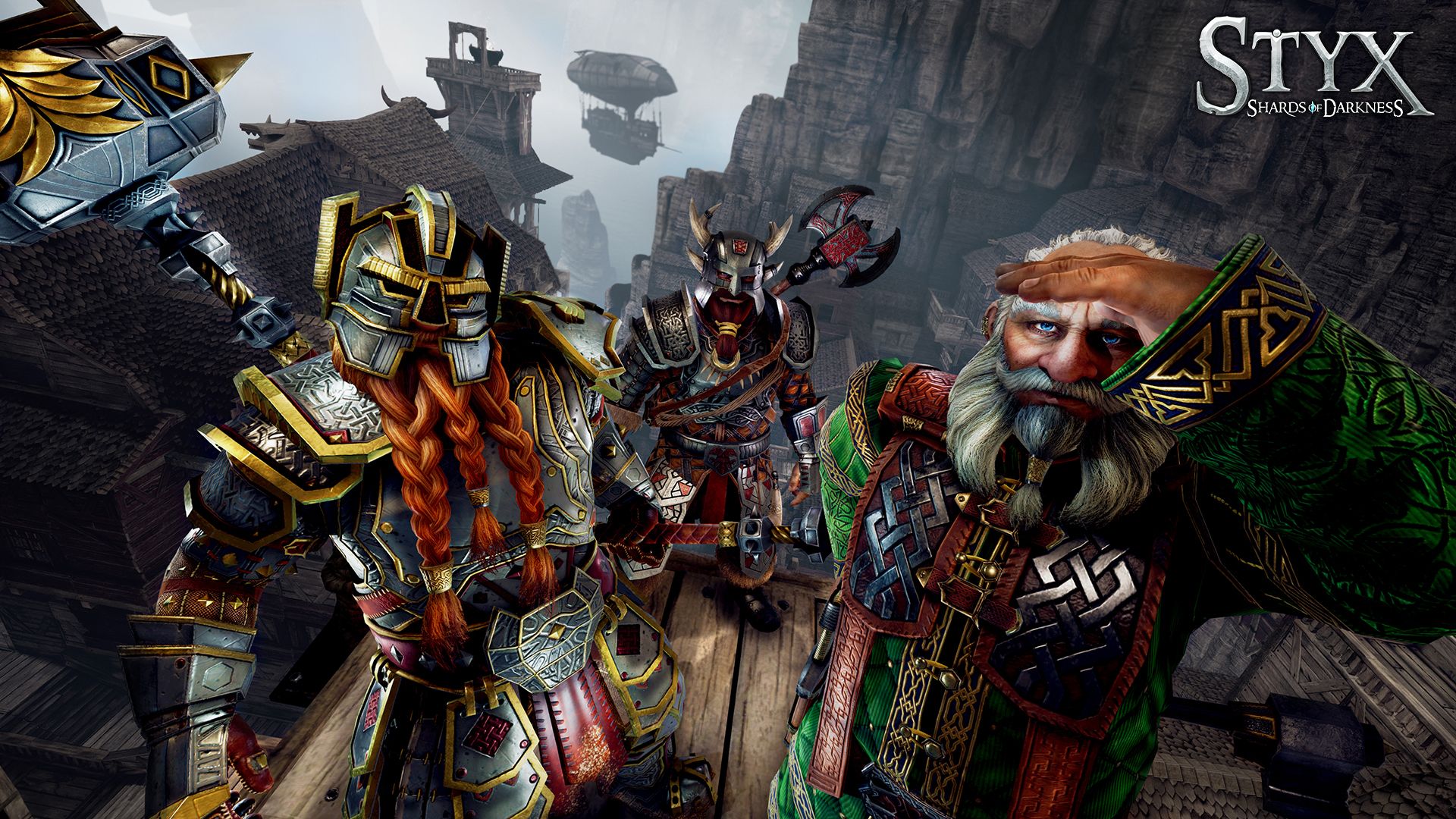
Styx: Shards of Darkness easily ranks in my top five stealth games in terms of level design. With the popularity of open world games, it seems that many developers opt to make their levels as wide as possible so they can add “massive levels” to their feature list. Cyanide Studio turns that thinking on its side quite literally, creating large levels that focus on building upwards. The vertical design makes levels an absolute joy to explore. There are so many ways to traverse a map, from low lying areas that allows guards to be pulled off ledges and thrown into the abyss or sneaking past enemies by using ropes and hand holds to stay above the fray.
The biggest undoing of Styx: Shards of Darkness is its controls. A game that focuses so heavily on vertical space needs to have absolutely flawless controls because no one likes falling to their death. Hanging off ledges and jumping from one to another never seemed smooth to me. There were times I would be shuffling across what seemed to be a perfectly straight bridge railing only to suddenly stop on an invisible wall. Styx also has tough time with corners where one surface is diagonal and the other is horizontal. Equally frustrating is the difficulty jumping from ledge to ledge at times. I found the Styx either prefers to jump up onto the ledge or into the air and then requires the player to do a little bit of maneuvering midair. I also question the logic of having Styx walk off a ledge and fall and having a button for Styx to walk off and grab a ledge by default. By switching the default behaviour, Cyanide Studios can easily prevent a lot of silly deaths resulting from walking too close to the edge. The camera also is an exercise in frustration at times. The camera has a bad habit of suddenly looking at the ground below Styx while he shuffles between ledges for seemingly no reason at all. While none of these control issues are game breaking, having to learn to contend with some of the game’s quirks is rather annoying.
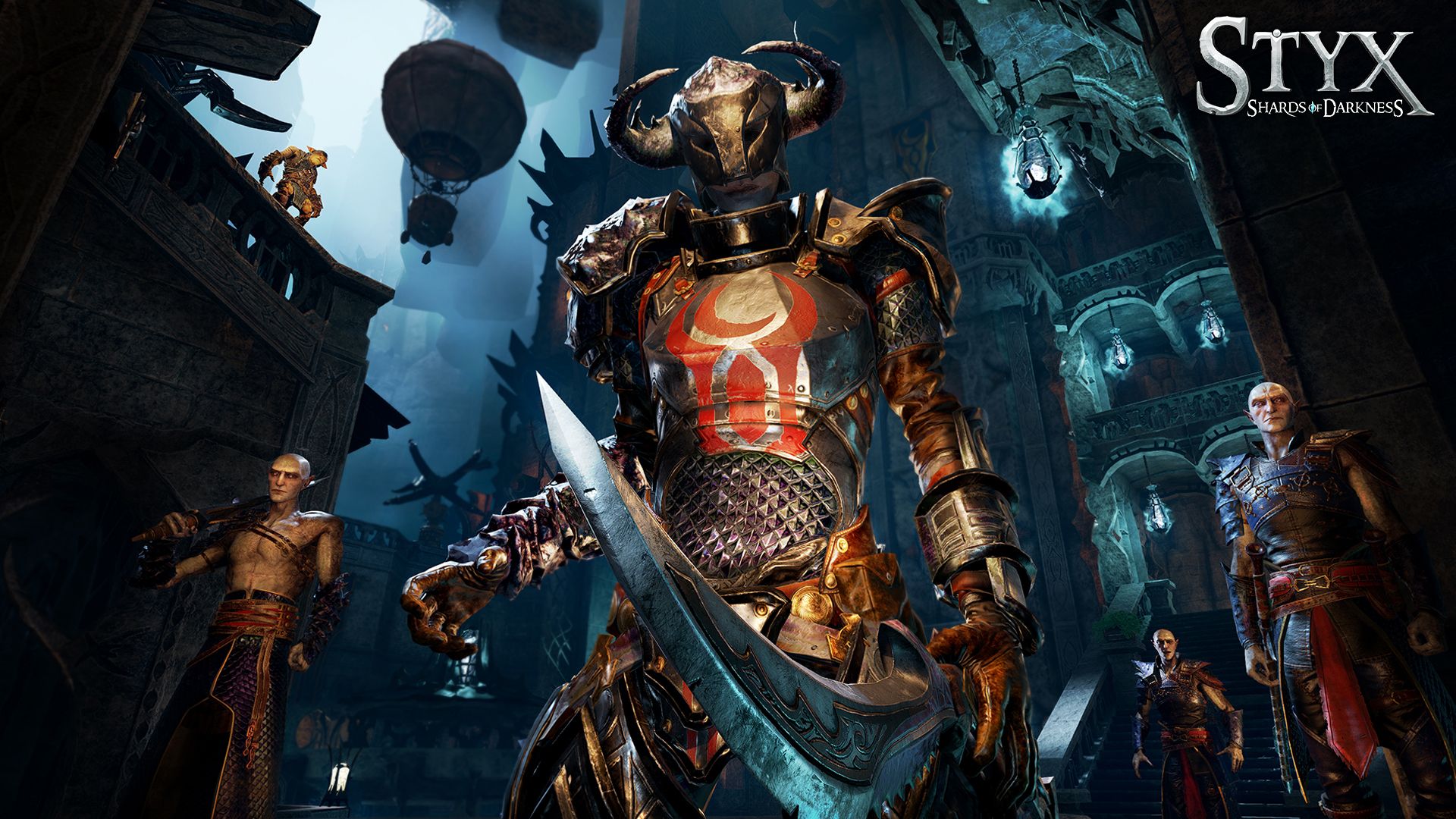
The default key layout for both the controller and mouse and keyboard works well. Both control schemes are easy to pick up and keep all the necessary abilities and items close at hand. For controllers, the range of possible camera sensitivity settings is perfectly usable, but I find the camera sensitivity controls for PC to be a little stingy. I am a low sensitivity gamer and I still found myself maxing out the camera sensitivity just to get something playable. I believe a range double in size would be much better for PC users.
Visuals
Styx: Shards of Darkness features classic fantasy art style built on Unreal Engine 4. The animations, models, and textures are all high quality and show off Unreal Engine 4’s capabilities well. Although this is a stealth game, there are portions of the game that are set outdoors during the day, which contrasts nicely with the dark interior and night maps.
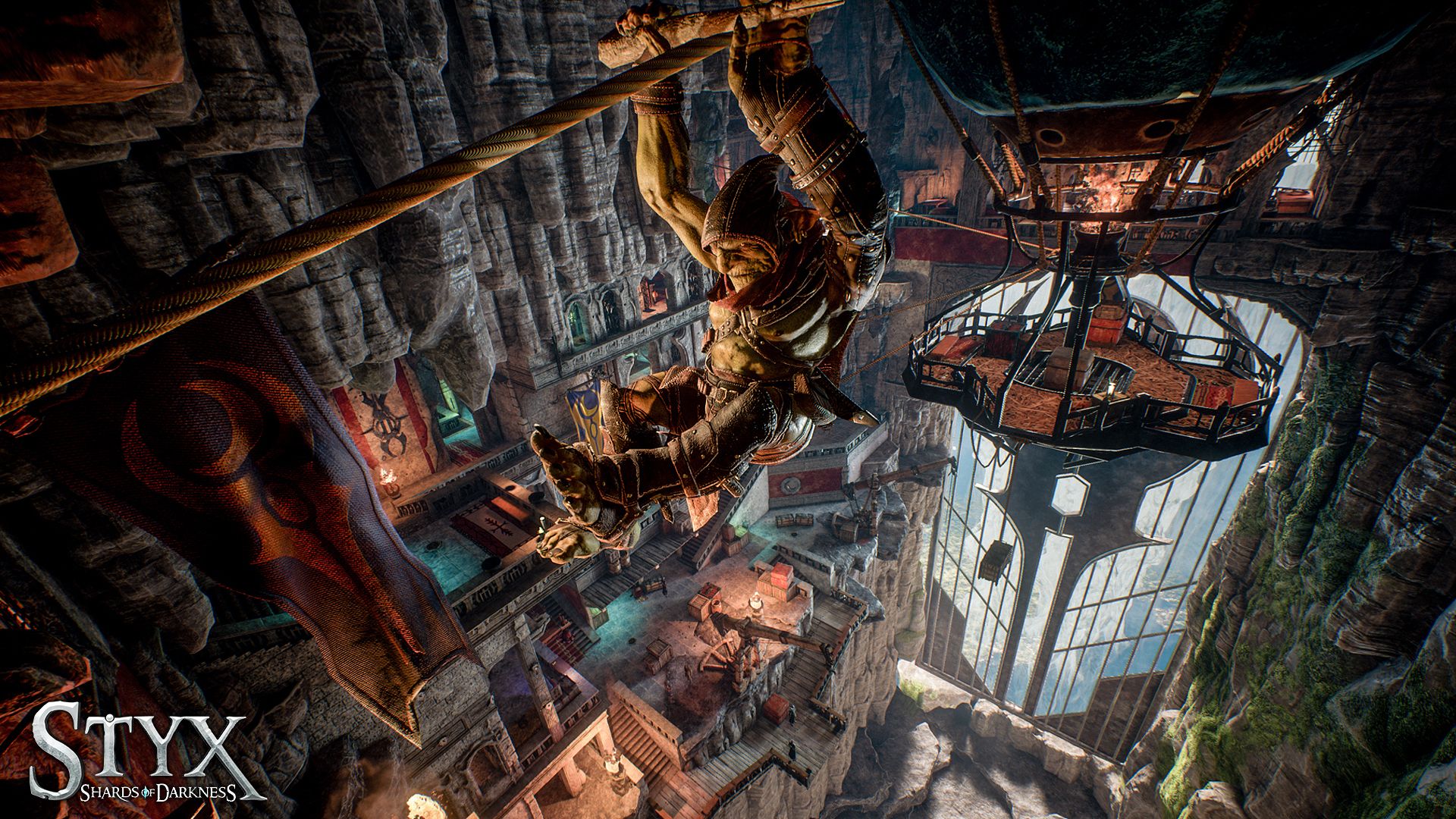
Audio
Styx: Shards of Darkness’ soundtrack is dark. The music sets the right mood for creeping in the shadows and builds just the right amount of tension. The voice acting is a bit of a mixed bag. Some characters are voiced by excellent actors, while many smaller roles are poorly acted. The switch between acting quality tends to be quite jarring and makes the poorer quality acting seem even worse. The game’s sound effects are good, but how the game positions the surround sound audio seems a little off to me. I can’t seem to pin down if it is a glitch or just poor processing as I have run into multiple occasions where sounds generated by enemies seems to be of similar volume whether the source is in the same room or a floor above.
Overall
Styx: Shards of Darkness is a solid old school stealth game with some quirks. The level design is spectacular, and the game provides a lot of opportunity for creativity. On the other hand, the controls could use for some improvement and the audio processing does not always reflect the actual location of individuals. While Styx: Shards of Darkness is an absolute must play for hard core stealth fans, most gamers will probably fall in love with the game if they can get over the game’s issues.
Capsule Computers review guidelines can be found here.


